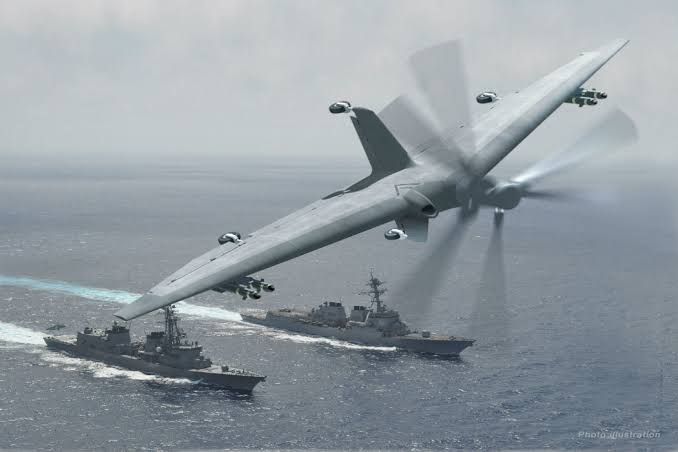Aeronautic Advancements
Apr 15, 2019 • 8 views
Science now!
1. KALAMSAT

History has been created, when NASA launched the world’s smallest satellite “KALAMSAT” made by an 18 years old Rifath Shrook, young talent from Tamilnadu, India. The 64 grams weighing lightest ever satellite that fits in a 4-centimeter cube is named after former India’s president Dr. A.P.J. Abdul Kalam and sponsored through Chennai based Spaces Kidz India, secured its place in Asia book of records. Being the world’s lightest and smallest satellite ever made by mankind makes it by far the most ingenious aerospace new inventions. Fabricated with carbon fiber polymer, it contains eight integrated built-in sensors that help to measure the rotation, acceleration and the magnetosphere of the earth and programmed to operate for 12 minutes in the sub gravity environment.
It was launched along with other satellites (like Microsat-R; an imaging satellite meant for military use) on the Terrier Orion surroundings rocket (combination of Terrier booster rocket with Orion rocket used as the second stage) from Wallops Island, Virginia. It reached the maximum verticle point and then started to descend towards each. Then it was recovered from the Atlantic ocean and escorted back to the Space Kidz India.
Little Facts aboutKALAMSAT
1. Its lighter than a smartphone!
2. The total span of the mission was 240 minutes after its launch and it was operated for 12 minutes in sub gravity environment in space.
3. This project of this satellite making was a part of a competition named “Cubes in Space’ sponsored jointly by NASA and ‘I Doodle Learning’. This competition is all about to create an experimental satellite that fits in a 4-centimeter cube with the accurate mass of 64 grams.
Rifath Shrook, winner of the competition “Cubes in Space” shared his experience with Times of India by saying that “ The main role of the satellite would be to demonstrate the performance of 3D- printed carbon fiber. We did a lot of research on different cube satellites all over the world and found ours was lightest.”
2. Drone for safety

Tern; a drone which is designed to everything an armed military can do. A rugged piece of land or a small ship is enough to give the passage to fly off this drone e, i.e. no runway is needed. Most of the aerospace inventions are planned to meet up the expectation of defense and operations applications. Tern is a promising new aerospace invention, developed jointly by the Defense Advanced Research Projects Agency(DARPA) -Office of Naval Research (ONR) and Northrop Grumman.
It accomplishes the dream of future reconnaissance drone; that is designed to take off vertically and fly off horizontally that makes it enable to spy and attack from almost anywhere. It becomes a significant game-changer for the navy; as though ScanEagle drone can see beyond the horizon, but they are very small to carry any guided bomb or missile. On the other hand, any unmanned helicopter needs a small deck for landing and takeoff. To comprise the problem for Navy, a medium-altitude long-endurance (MALE) unarmed airfare is needed that can fly from its frigates and destroyers.
• The concept of its working
The vertical take-off of the aircraft is powered by the counter-rotating rotors on their nose and then transition to fixed wing flight. Two tern airframes form a single system with the advantage of when one aircraft needs to land, another relives it one station. This drones fly at about 15000 feet and can orbit around 1000 km from the ship while carrying 227kilogram of sensors, underwing weapons. And this aircraft is designed to keep a watch on the missiles that might be launched a thousand kilometers away.
